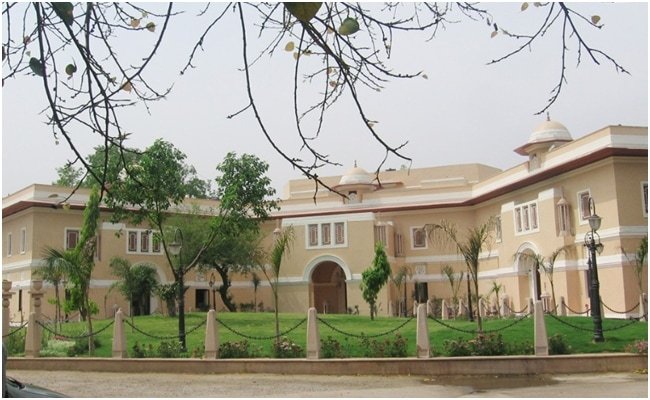
This monsoon season has been disastrous for Himachal Pradesh. The relentless rain and subsequent floods coupled with landslides have destroyed public infrastructure on an unprecedented scale. The losses are estimated to be over ₹12,000 crore. Already under financial stress, the state is now searching for funds to undertake the humongous task on its hands — rehabilitation of 3,000 families whose dwellings were washed out and rebuilding of battered roads, bridges, drinking water and irrigation projects and hydel power plants. So far, the state has got only ₹600 crore from the national disaster fund corpus. That explains chief minister (CM) Sukhvinder Singh Sukhu’s desperate plea to Prime Minister Narendra Modi to declare the Himachal floods a national disaster, on the lines of the 2013 Kedarnath calamity, to help the state receive a bigger tranche of central assistance. Towards this end, he has also demanded that the criteria for aid in the disaster relief manual should be changed.

While the Centre is yet to take a call on Himachal’s case, CM Sukhu, in an interview with this newspaper on Monday, touched upon a larger, and more significant, point: The man-made factors that accentuated a rain-induced calamity, and the lessons the state should learn. Complete disregard for structural engineering and load-bearing capacity of soil strata while building houses on hilly terrain and construction in the bed of nullahs and rivers ensured that the cost of floods would be enormous. Himachal has now banned construction on 45-degree inclines and slicing of hills for private development. The real test, however, will be if the authorities can ensure compliance. The challenge before the administration is also to adapt developmental aspirations to the specific ecology of the region.







